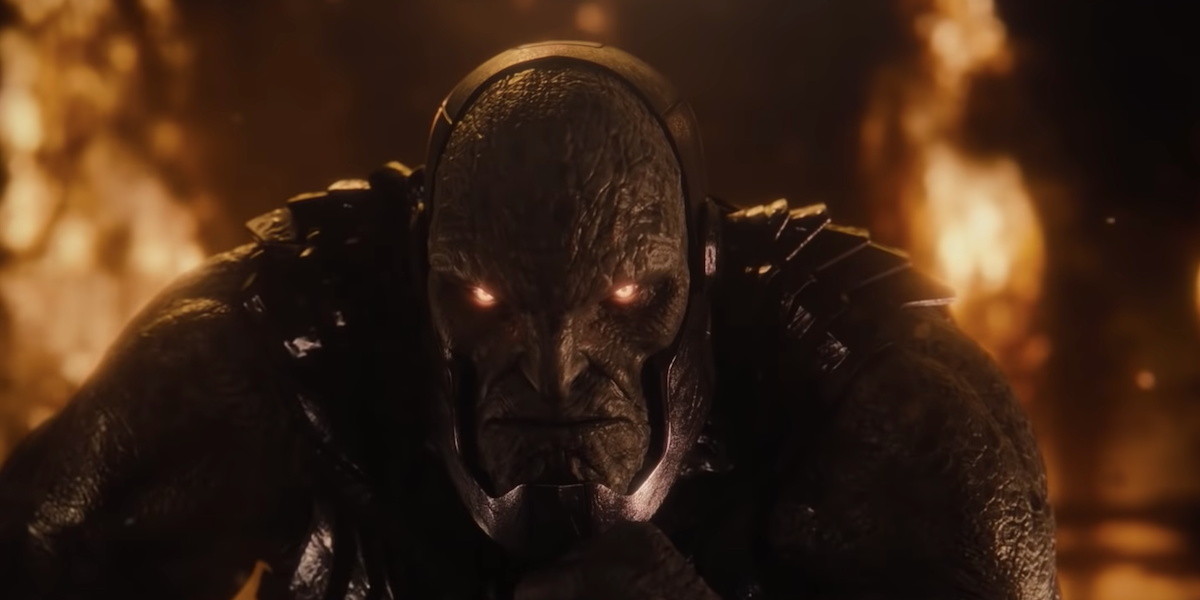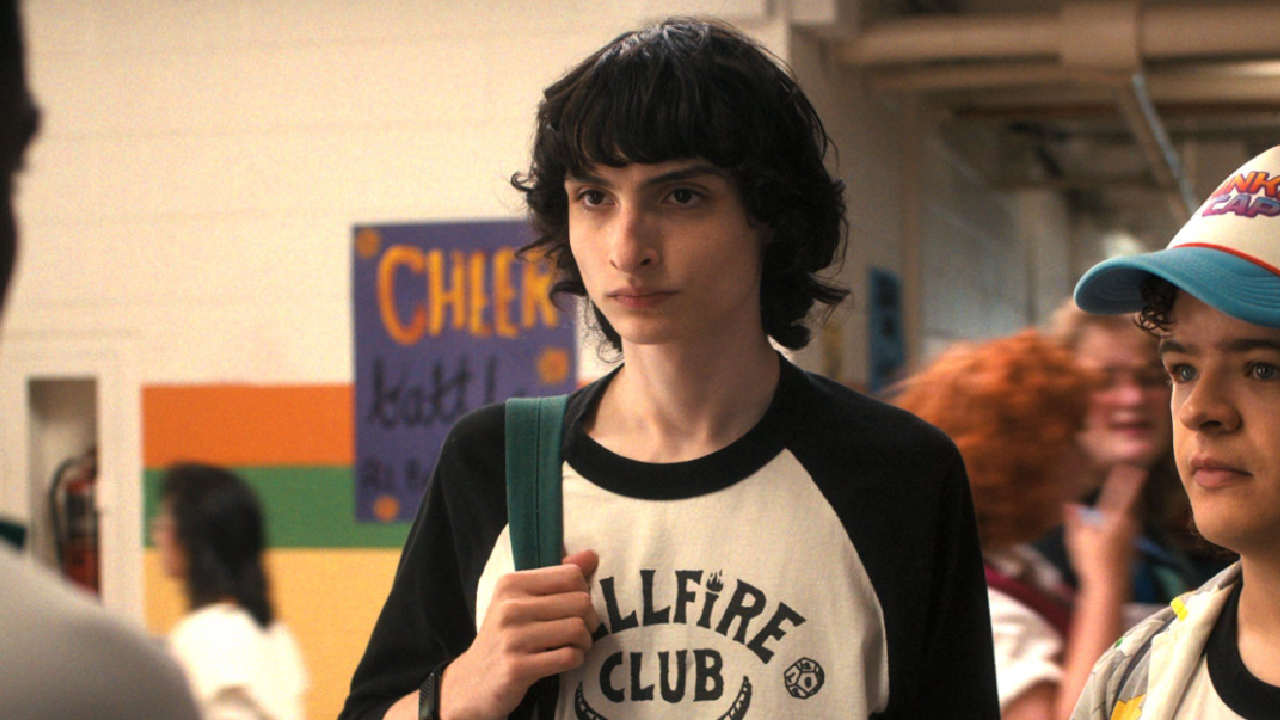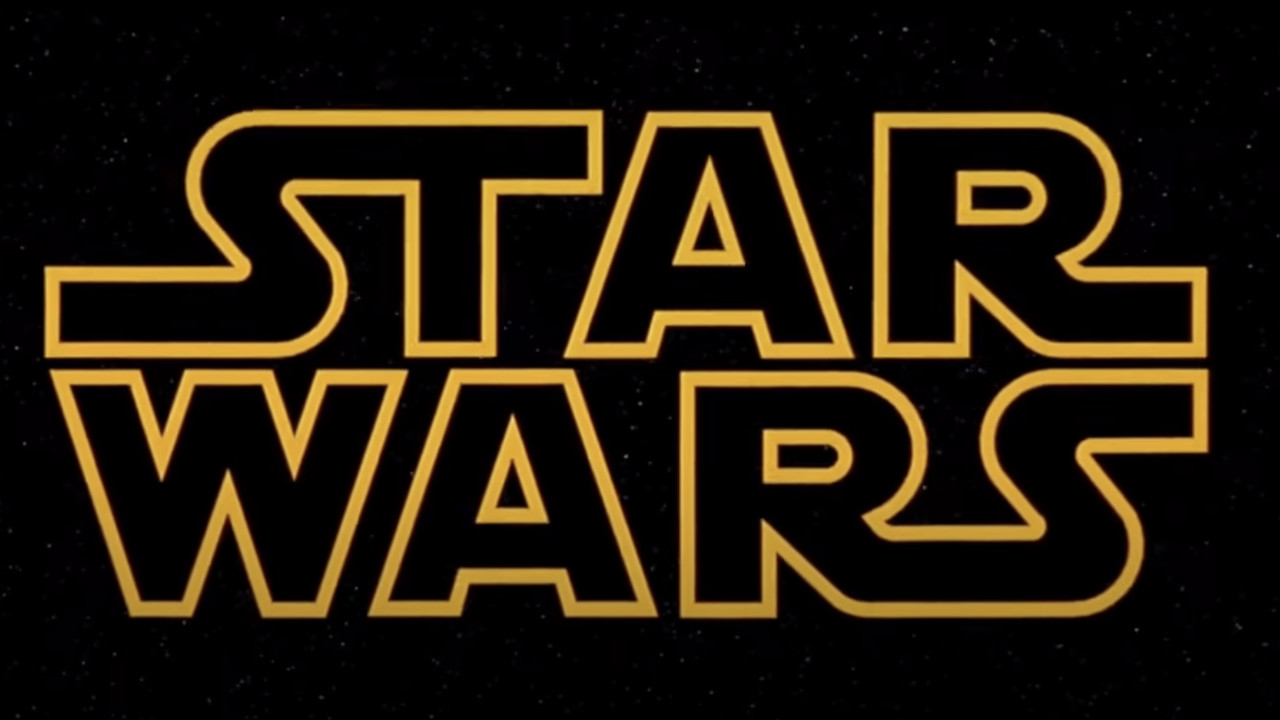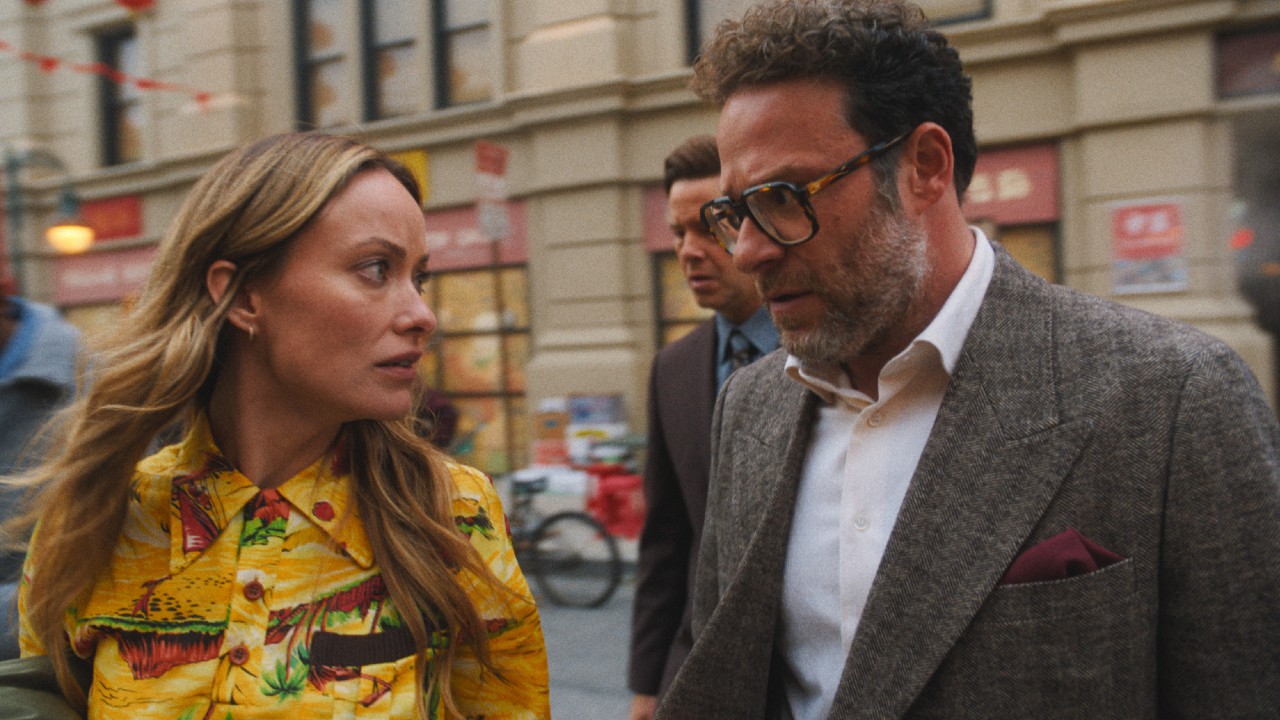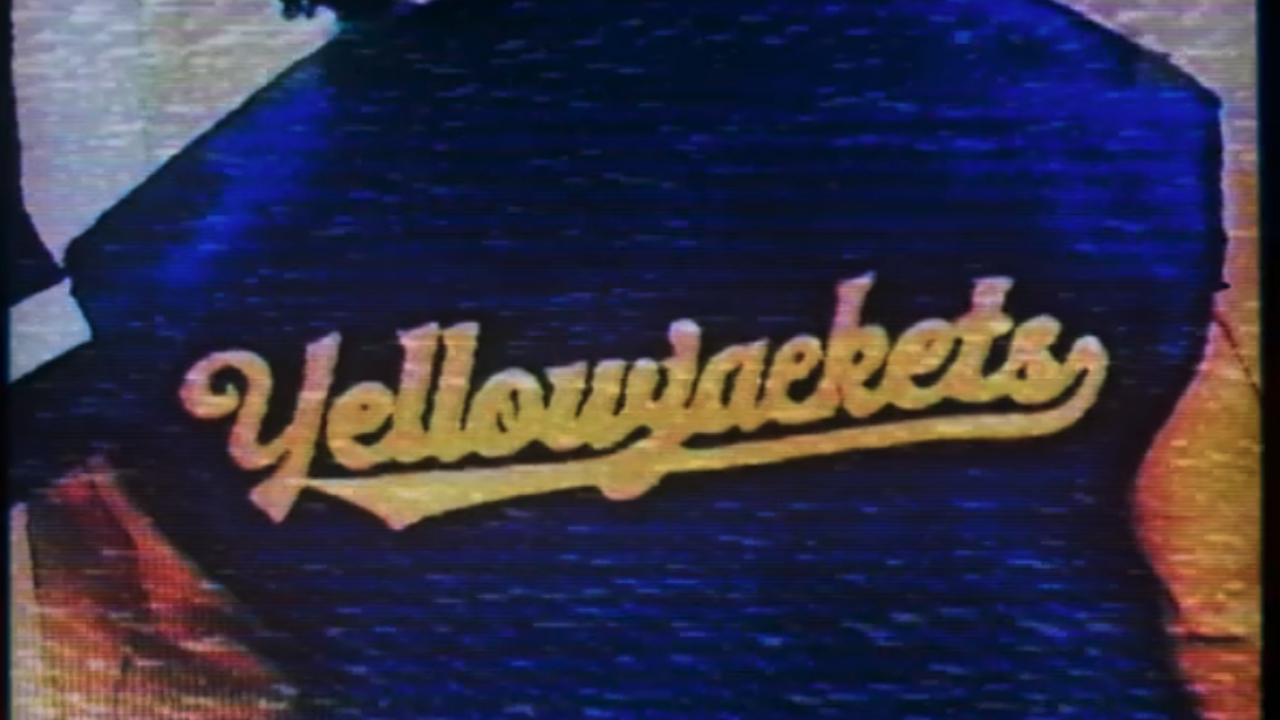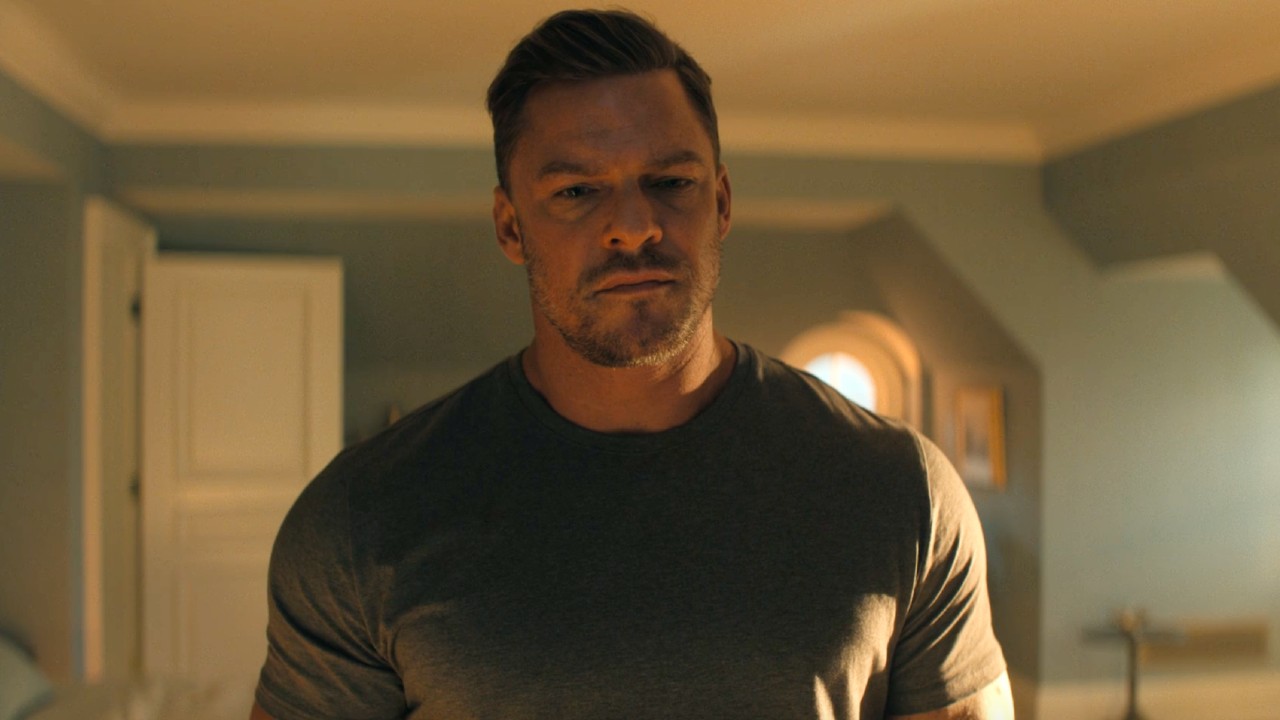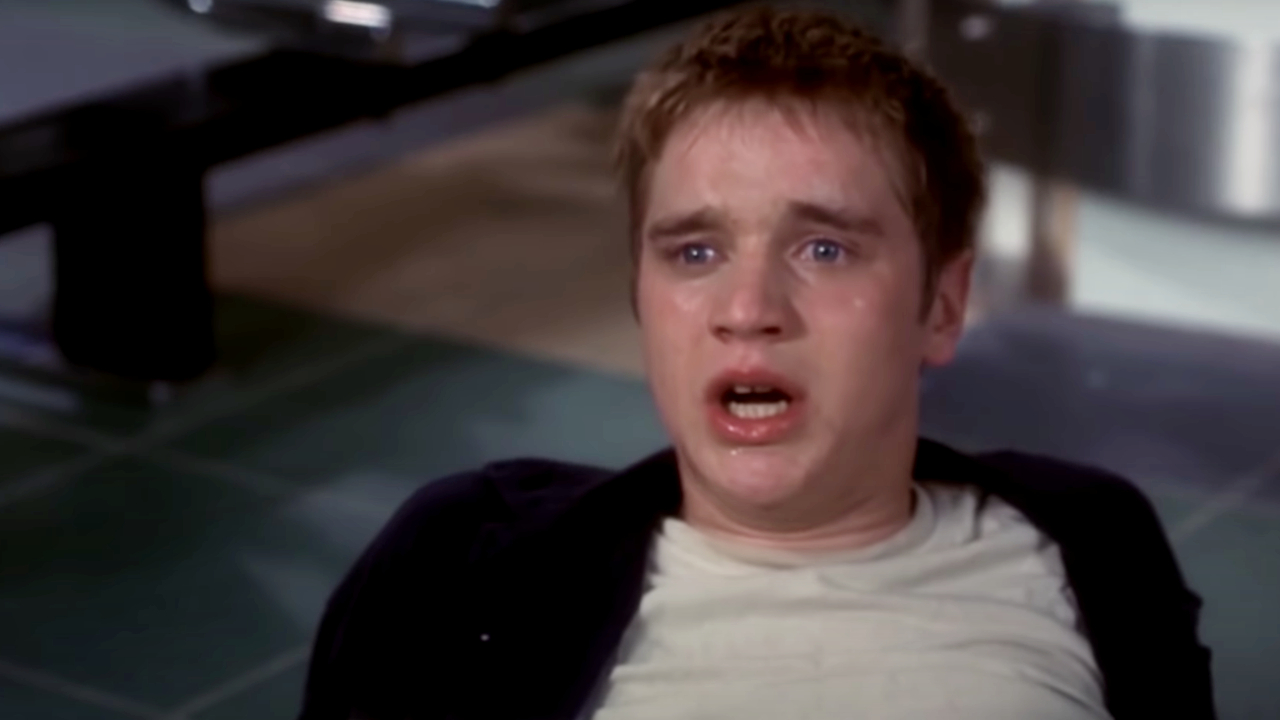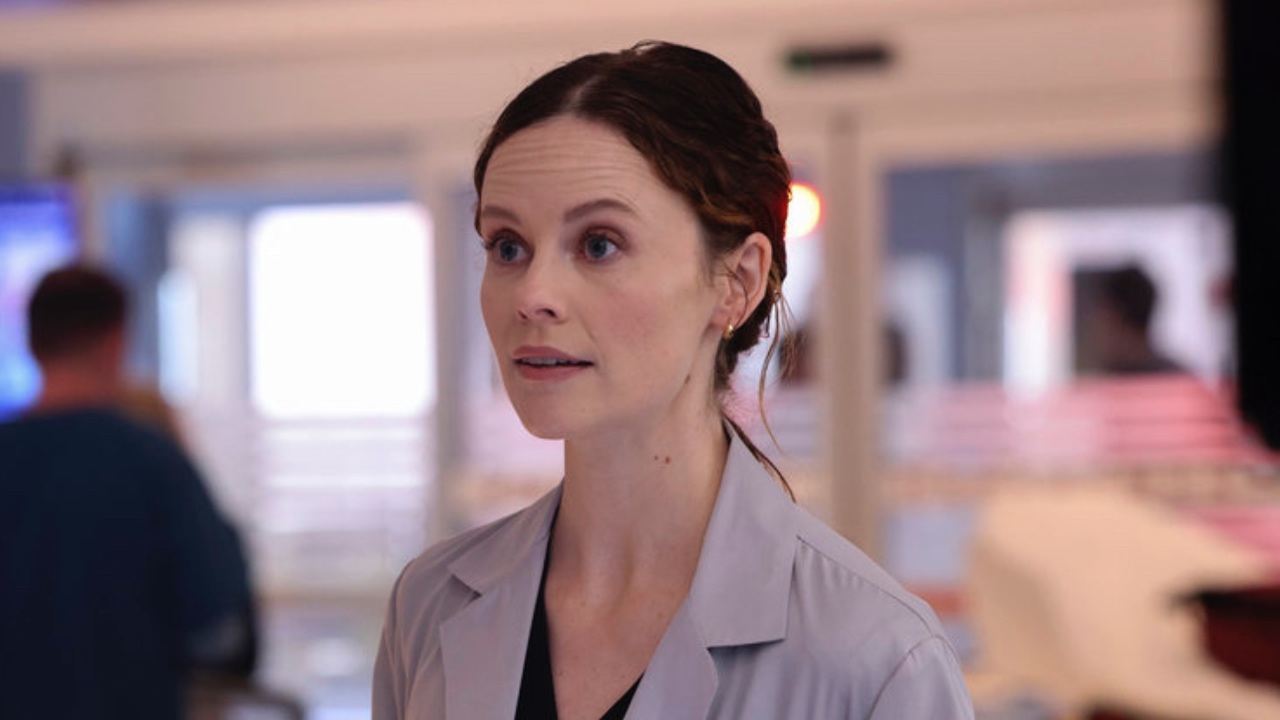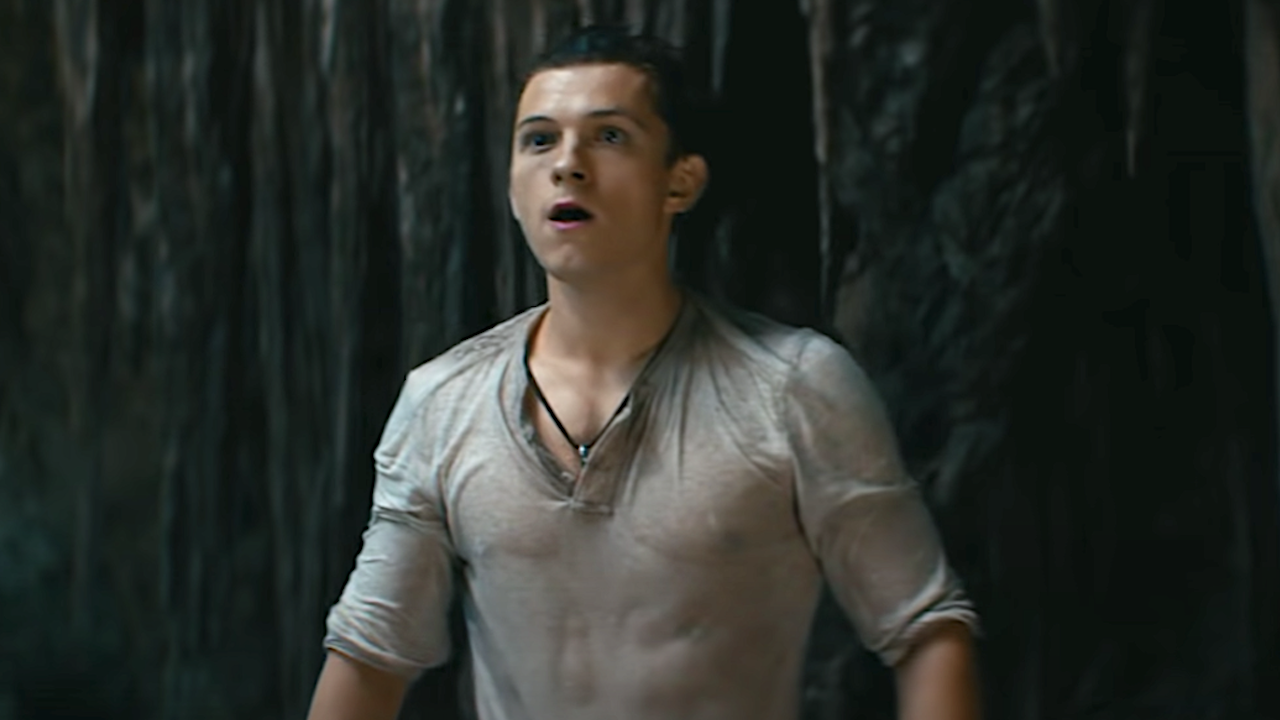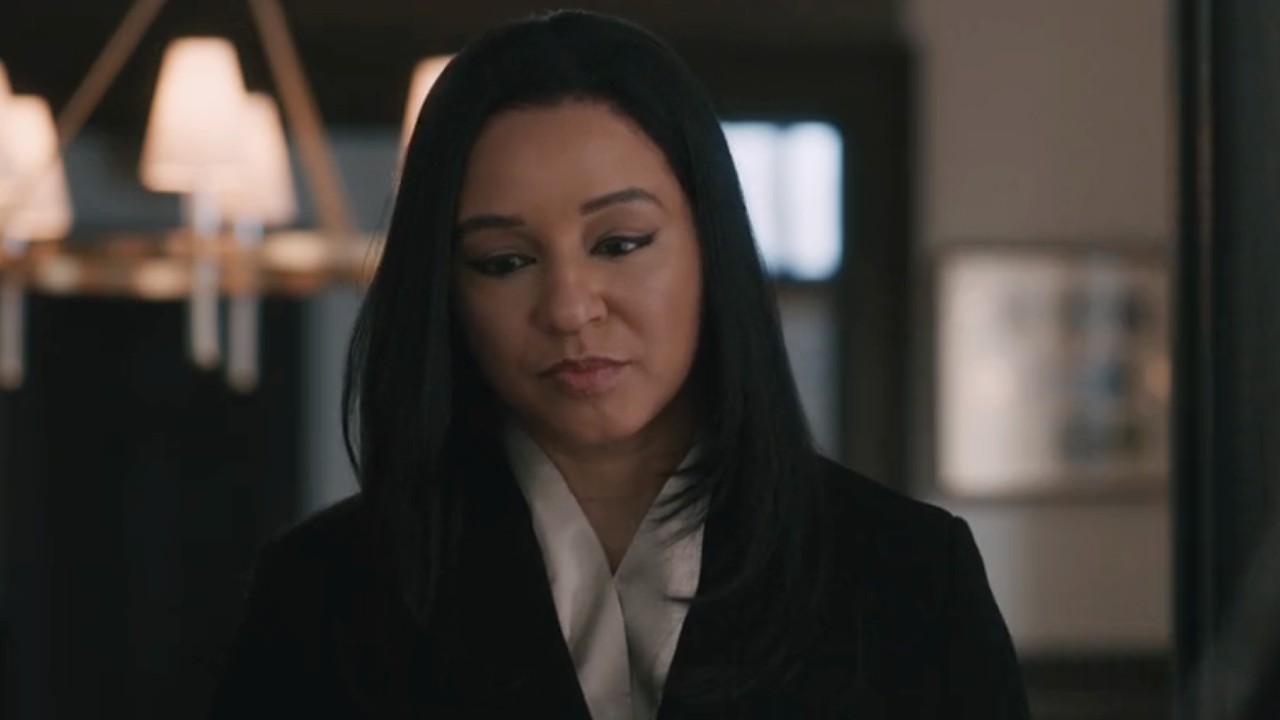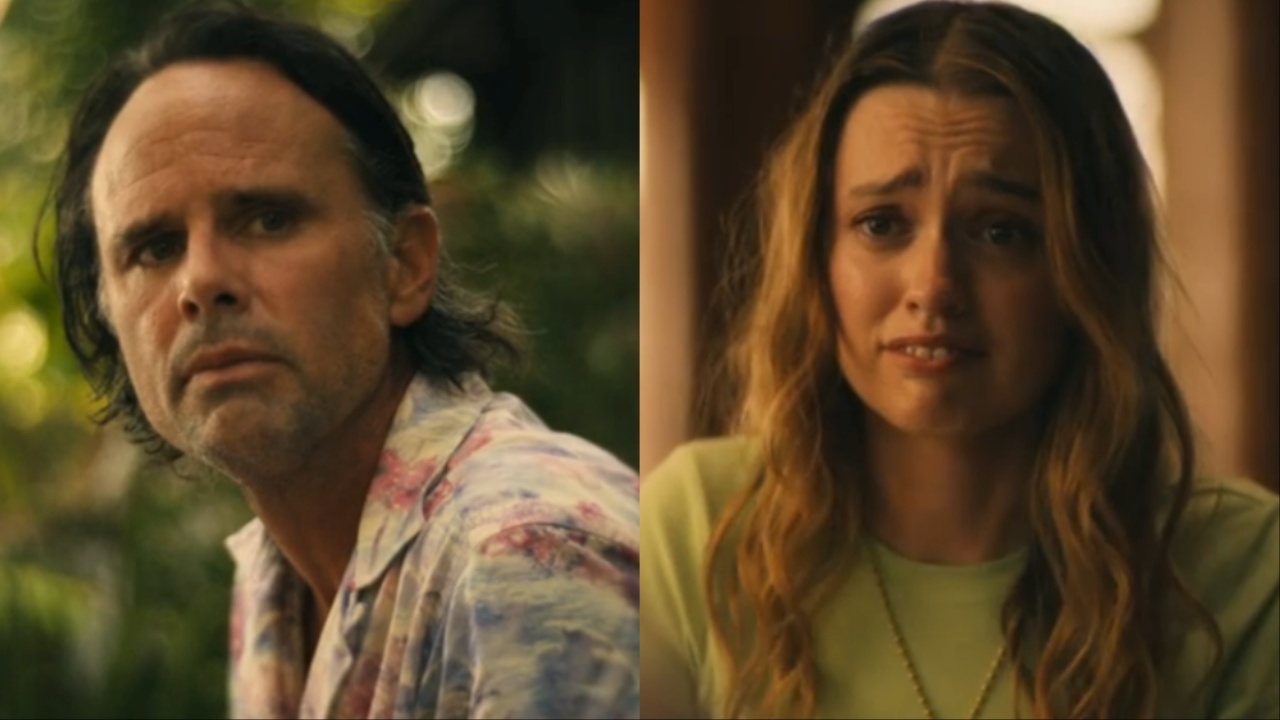Zack Snyder's Justice League: The Major Scenes That Were Changed Or Removed
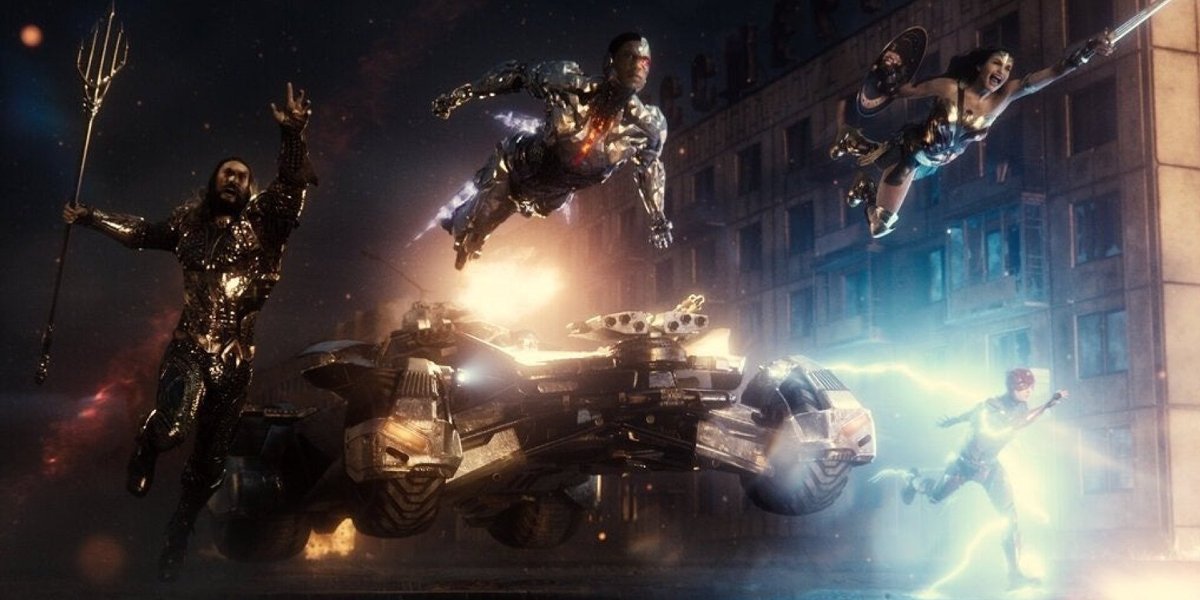
CinemaBlend participates in affiliate programs with various companies. We may earn a commission when you click on or make purchases via links.
Warning: spoilers for Zack Snyder’s Justice League are in play. If you haven’t seen the Snyder Cut just yet, you may want to flash the other way, just to make sure you don’t spoil any of the changes.
Change is a word that’s pretty deeply associated with Zack Snyder’s Justice League. The director’s original vision was subject to such forces when put into the hands of Joss Whedon, resulting in a theatrical Justice League that changed quite a bit of the tone and meaning from the Snyder Cut. Not to mention, the world inside of the film is a society very much in flux after the discovery of metahumans. There’s even a chapter title in the restored version of Zack Snyder’s 2017 vision that’s entitled “Change Machine.” It all leads to one big question: just what are the biggest differences between the theatrical and Snyder Cut of Justice League, and how exactly do they hit?
Well, we’re going to go over what we feel are the major scenes that were either changed in or removed from Zack Snyder’s Justice League. And we’re not just talking about Henry Cavill’s CGI mustache job either, as there’s quite a few moments that hit differently, or just don’t hit at all. Such is the expectation when the age of heroes undergoes as great a transformation as Zack Snyder’s Justice League has. So we’ll issue one last warning for incoming spoilers, as we’re about to take a look at the changes between these vastly different products, starting with the moments that were left behind in the theatrical version of Justice League.

Justice League Scenes That Were Removed For Zack Snyder's Version
The road to hell is paved with good intentions, which leaves us with the following laundry list of hellbound bricks that led to Justice League being the wildly panned film it ultimately became. Here’s a rundown of the moments that Joss Whedon’s vision of the film included, only to be scrapped from the final cut of Zack Snyder’s Justice League.
Superman’s Opening Interview
Zack Snyder’s Justice League opens with Superman (Henry Cavill) dying at the hands of Doomsday, which awakens the Mother Boxes at the heart of the plotline for both incarnations. Even with this alternate beginning, the severely different tone of Justice League is clearly on display, as the Whedon Cut starts with Superman being interviewed by two young podcasters. This moment, wonky CGI and all, was canned in favor of a more operatic opening.
CINEMABLEND NEWSLETTER
Your Daily Blend of Entertainment News
Batman Hunting Parademons in Gotham
Sorry Holt McCallany fans, the actor’s big Justice League moment didn’t survive the Snyder Cut’s narrative restoration. In a moment that starts an entirely deleted subplot involving Batman (Ben Affleck) trying to create an anti-Parademon defense mechanism, the Caped Crusader used a random thug from Gotham to attract one of Steppenwolf’s scouts in the name of science.
“Everybody Knows”
It seems like Justice League bookended the meat of Zack Snyder’s compromised vision with an opening and closing that did totally different things. In the case of the Whedon Cut, the opening credits depict a world without hope, set to a cover of Leonard Cohen’s “Everybody Knows.” Maybe that was a secret message from Joss Whedon after all?
Bruce Wayne’s Armor Collection
There’s a handful of moments that all take place in a setting purely included in Justice League’s Whedon Cut, as Bruce Wayne’s collection of samurai armor gets shown off in three beats of action that didn’t make the final revisions. Bruce argues with both Diana Prince/Wonder Woman (Gal Gadot) and Alfred (Jeremy Irons) about the morals of resurrecting Superman in this room, and eventually he even has a friendly drink with Diana in that very setting. You can’t miss a striking red room like this.
Aquaman Doesn’t Want To Die
Aboard the Flying Fox, Aquaman (Jason Momoa) has a moment where he basically says he doesn’t want to die, and that Wonder Woman is hot. It’s not the best look for the prodigal son of Atlantis, and it’s a moment that’s thankfully cut from Zack Snyder’s Justice League.
A Hopeful Future
There is a lot of Justice League’s third act that was cut or changed, and the ending of the film shows some of the most massive changes. In the ending of the Whedon Cut, we see Lois Lane (Amy Adams) writing an article about hope, which yields a big voiceover montage. Wonder Woman foils yet another would-be crime in a museum, and most interestingly, Silas Stone (Joe Morton) actually lives, repairing his relationship with his son Victor Stone, aka Cyborg (Ray Fisher.)
Superman vs. The Flash
One final piece of humorous mischief that was removed from Justice League’s cinematic retrofitting is the one that closed the film out on possibly its most humorous note. With a footrace between The Flash (Ezra Miller) and Superman capping off the central narrative, and brunch hanging in the balance, the moment is the epitome of Joss Whedon’s additions that were eventually removed from Zack Snyder’s Justice League. Which is as good of a reason as any to delete it from the final cut.
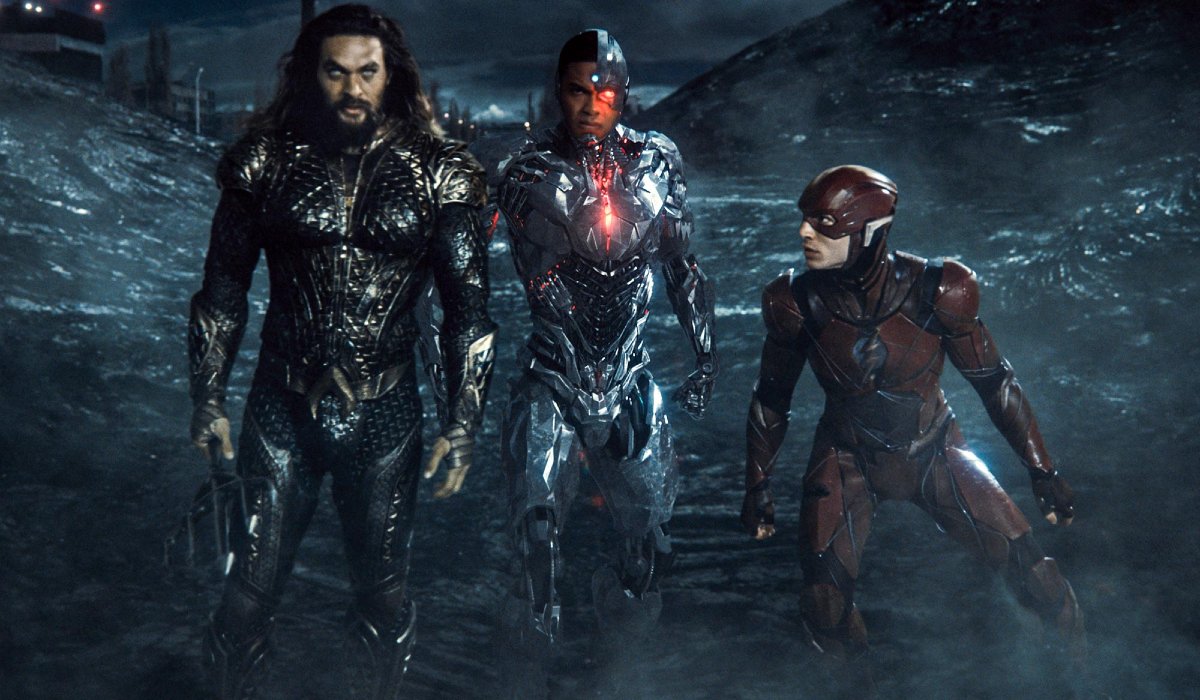
Justice League Scenes That Were Changed From The Theatrical Version
This isn’t just a story about deleting entire scenes from Justice League that didn’t fit Zack Snyder’s Justice League. There’s quite a bit of DNA shared between both films that’s still present in the Snyder Cut, only those moments are altered through changes to everything from dialogue to visual presentation.
Wonder Woman’s Hostage Negotiation
In Justice League, we see Diana’s introduction as Wonder Woman still take place through a standoff with terrorists looking to blast several city blocks into the Stone Age. But the sequence is severely truncated, with a lot of the action cut, and the inspirational moment between Diana and a school girl totally deleted. These things are restored in Zack Snyder’s Justice League, allowing the moment to truly work on screen.
Martha Kent And Lois Lane’s Coffee Talk
Zack Snyder’s Justice League takes the moment where Martha Kent (Diane Lane) and Lois Lane talk over a cup of coffee and turns it into a totally different sort of beat. The Whedon Cut injected this scene with a couple humorous moments, and transplanted the action to The Daily Planet; whereas the Snyder Cut has it play out at Lois’s apartment, with more exposition on Martha’s current predicament. The icing on the cake, of course, is the fact that Martha was revealed to be Martian Manhunter (Harry Lennix) at the end of Zack Snyder’s version of events.
Diana’s Mother Box History Lesson
Both versions of Justice League see Diana Prince explaining the last time that Steppenwolf tried to track the Mother Boxes down. We still see the basics of that history, but a lot of the battle between Amazons, Atlanteans, and humanity against Steppenwolf and his cronies is reinstated in Zack Snyder’s Justice League.
Barry Allen’s Family Issues
Another victim of truncated action is the scene where Barry Allen talks to his father Henry (Billy Crudup) about his investigation into the supposed murder of his mother, Nora. Both the scene where Henry tells Barry to give up on his quest and get a “real job,” as well as the celebration connected to The Flash’s new job at Central City’s crime lab, are shortened to play more like accents to the greater story, instead of actual stories themselves.
The Star Labs Hostage Rescue
The first big fight that we see our heroes team up during, there’s a lot of different components that Zack Snyder’s Justice League restores to its finished product. But while we do see a different Aquaman entrance, and some more Steppenwolf action, there is a moment that’s kind of sad to see go: Bruce Wayne’s “Save one person” moment with Barry Allen’s Flash. Though, by this point in the Snyder Cut, we’ve already seen Barry save more than one person, and at least one hot dog, so we can kind of see why it was cut out.
Superman’s Resurrection
If you were one of those people like Leslie Jones who thought reviving Superman was a horrific idea, you probably watched Justice League wondering why no one tried to stop the damned plan in the first place. Well, in Zack Snyder’s Justice League, Superman’s ship/resurrection cradle (Carla Gugino) is literally warning our heroes the entire time that it’s a horrible idea. Cyborg (Ray Fisher) even gets a special peek into the Knightmarish future that the DCEU was supposed to be moving towards. But those visions/warnings are removed from Justice League. However, another moment that would have been cool to keep in the Snyder Cut is that nice callback where Superman asks Batman “Do you bleed?”
The Flying Fox’s First Flight
Cyborg’s connection to the Flying Fox is a crucial part of his storyline in Zack Snyder’s Justice League, as he discovers his own purpose by helping another machine realize its own potential. It’s turned into a moment of swaggering bravado in Justice League, as the “She wants to fly” sentiment is turned into a “She’ll fly for me” hero moment.
Lex Luthor And Deathstroke’s Meeting
Tone is everything. Just ask the people who noticed the huge difference between Justice League and Zack Snyder’s Justice League’s treatment of Lex Luthor (Jesse Eisenberg) and Deathstroke (Joe Manganiello). In the Whedon Cut, Luthor merely makes a crack about starting “a league of our own,” which is a playful reference to the Legion of Doom. But in the Snyder Cut, Lex dishes some cold blooded information, by outing Bruce Wayne as Batman to one of his most ruthless enemies. That is an occasion for champagne, if we’ve ever heard one.
The Entire Russian Subplot
Wow, where to begin with this one. Steppenwolf’s base of operations in Russia could be an entire feature discussing how Justice League threw a candy colored filter on the picture, and added a chain of events with a random Russian family that’s supposed to be humorous and emotional. Plus, the process of forging The Unity is on an accelerated timetable, as our first glimpse of Steppenwolf’s handiwork shows two cubes out of three already completed. Last, but not least, the vicious dispatching of Steppenwolf is replaced by a vague, PG-13 friendly sequence where he’s implied to have been eaten alive by his Parademon soldiers.
It’s amazing how much can be altered between Justice League and Zack Snyder’s Justice League, while leaving the same core events intact. But again, tone and context are everything, which is why there’s such a wildly different reaction between one of the most maligned motion pictures of 2017 and the streaming hit that’s already making 2021 a year of historic importance. And if you really want to compare the two films on your own, you can do just that with the help of an HBO Max subscription, as both cuts are now streaming on the same library. Though, should you not be a subscriber, now is a good time to check out a six-month discount through a prepaid subscription offer.

Mike Reyes is the Senior Movie Contributor at CinemaBlend, though that title’s more of a guideline really. Passionate about entertainment since grade school, the movies have always held a special place in his life, which explains his current occupation. Mike graduated from Drew University with a Bachelor’s Degree in Political Science, but swore off of running for public office a long time ago. Mike's expertise ranges from James Bond to everything Alita, making for a brilliantly eclectic resume. He fights for the user.
